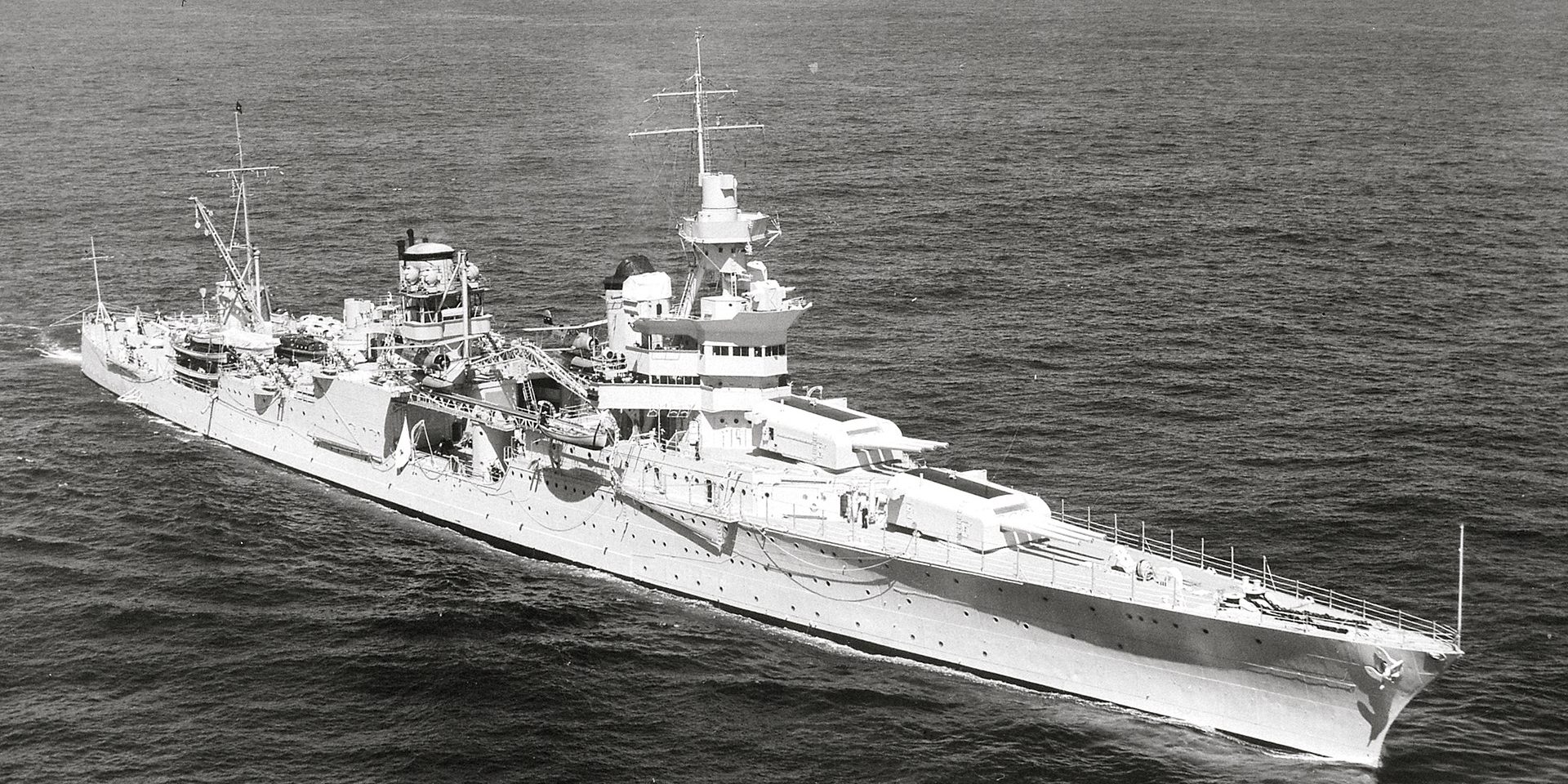End of July Twofer
Contributor: Barry Fetzer
Sources: History.com and Wikipedia
As we transition to the month of August from July, what is it about July? Perhaps we should be glad today is the last day of the month given the tragic aviation history of this month.
Today we have a Sunday evening “twofer” for our aviation history vignettes. #1 is this: perhaps one of the most tragic aviation mishaps that can occur is that when there are innocent civilians who die as a result of a military mistake.
We may remember the Iran Air Flight 655 that, according to Wikipedia, “was a scheduled passenger flight from Tehran to Dubai via Bandar Abbas and was shot down on 3 July 1988 by two SM-2MR surface-to-air missiles fired by the USS Vincennes, a guided-missile cruiser of the United States Navy. The missiles hit the aircraft, an Airbus A300, while it was flying its usual route over Iran’s territorial waters in the Persian Gulf, shortly after the flight departed its stopover location, Bandar Abbas International Airport. All 290 people on board were killed.”
And then there was Malaysia Airlines Flight 17 that was (again according to Wikipedia) “a scheduled passenger flight from Amsterdam to Kuala Lumpur that was shot down by Russian-controlled forces on 17 July 2014, while flying over eastern Ukraine. All 283 passengers and 15 crew were killed.”
And one we may not remember was mid-air collision between a Boeing 727 and a fighter jet in Japan that killed 162 people on July 30, 1971. According to History.com, “The military plane was flying without radar.”
“All Nippon Airways Flight 58 was traveling from Chitose Airport in Hokkaido to Tokyo, filled largely with members of a group dedicated to the assistance of war victims. Takeoff was uneventful and the plane soon reached 28,000 feet. Cruising over the Japanese Alps, Flight 58 suddenly encountered two military jets.
One of the Japanese F-86 Sabre jets was piloted by Captain Kuma; the other was being flown by his student, Sergeant Ichikawa, who had only a few hours of flying experience. Neither jet was equipped with radar, which would have indicated the presence of the Boeing 727. Ichikawa’s fighter jet struck the airliner and sent both planes plunging into the mountains. Ichikawa was able to eject himself and parachute to safety. Everyone on board Flight 58, however, was killed.
Yoshimi Ichikawa was charged with involuntary manslaughter, but was acquitted at trial.”
And then #2 of our twofer is this: while not strictly an aviation history vignette, this tragic event, tragic in virtually every way one can look it from the warship’s sinking at the end of WWII, to the terror of the surviving sailors, to the suicide of its former commanding officer, is worth remembering.
The Heavy Cruiser, The USS Indianapolis.
Also from History.com: “On July 30, 1945, the USS Indianapolis was torpedoed by a Japanese submarine and sank within minutes in shark-infested waters. Only 316 of the 1,196 men on board survived. However, the Indianapolis had already completed its major mission: the delivery of key components of the atomic bomb that would be dropped a week later at Hiroshima to Tinian Island in the South Pacific.
The Indianapolis made its delivery to Tinian Island on July 26, 1945. The mission was top secret and the ship’s crew was unaware of its cargo. After leaving Tinian, the Indianapolis sailed to the U.S. military’s Pacific headquarters at Guam and was given orders to meet the battleship USS Idaho at Leyte Gulf in the Philippines to prepare for the invasion of Japan.
Shortly after midnight on July 30, halfway between Guam and Leyte Gulf, a Japanese sub blasted the Indianapolis, sparking an explosion that split the ship and caused it to sink in approximately 12 minutes, with about 300 men trapped inside. Another 900 went into the water, where many died from drowning, shark attacks, dehydration or injuries from the explosion. Help did not arrive until four days later, on August 2, when an anti-submarine plane on routine patrol happened upon the men and radioed for assistance.
On August 6, 1945, the United States dropped an atomic bomb on Hiroshima, Japan, inflicting nearly 130,000 casualties and destroying more than 60 percent of the city. On August 9, a second atomic bomb was dropped on Nagasaki, where casualties were estimated at over 66,000. Meanwhile, the U.S. government kept quiet about the Indianapolis tragedy until August 15 in order to guarantee that the news would be overshadowed by President Harry Truman’s announcement that Japan had surrendered.
In the aftermath of the events involving the Indianapolis, the ship’s commander, Captain Charles McVay, was court-martialed in November 1945 for failing to sail a zigzag course that would have helped the ship to evade enemy submarines in the area. McVay, the only Navy captain court-martialed for losing a ship during the war, died by suicide in 1968. Many of his surviving crewmen believed the military had made him a scapegoat. In 2000, 55 years after the Indianapolis went down, Congress cleared McVay’s name.”







